Hot hatches have come a long, long way from being just fun little hatchbacks. These days, the speeds that they're capable of (not to mention the prices attached to them) place them smack bang in the middle of genuine performance cars and entry-level sports cars.
And the Honda Civic Type R is no different. The new model is about as far removed from the first-generation EK9 Type R as is physically possible. The EK9 looked like a lightly tarted up gran-wagon, while the new Type R has more vents and wings and creases than ... I don't know. A venty winged thing. It's an extreme looking car.
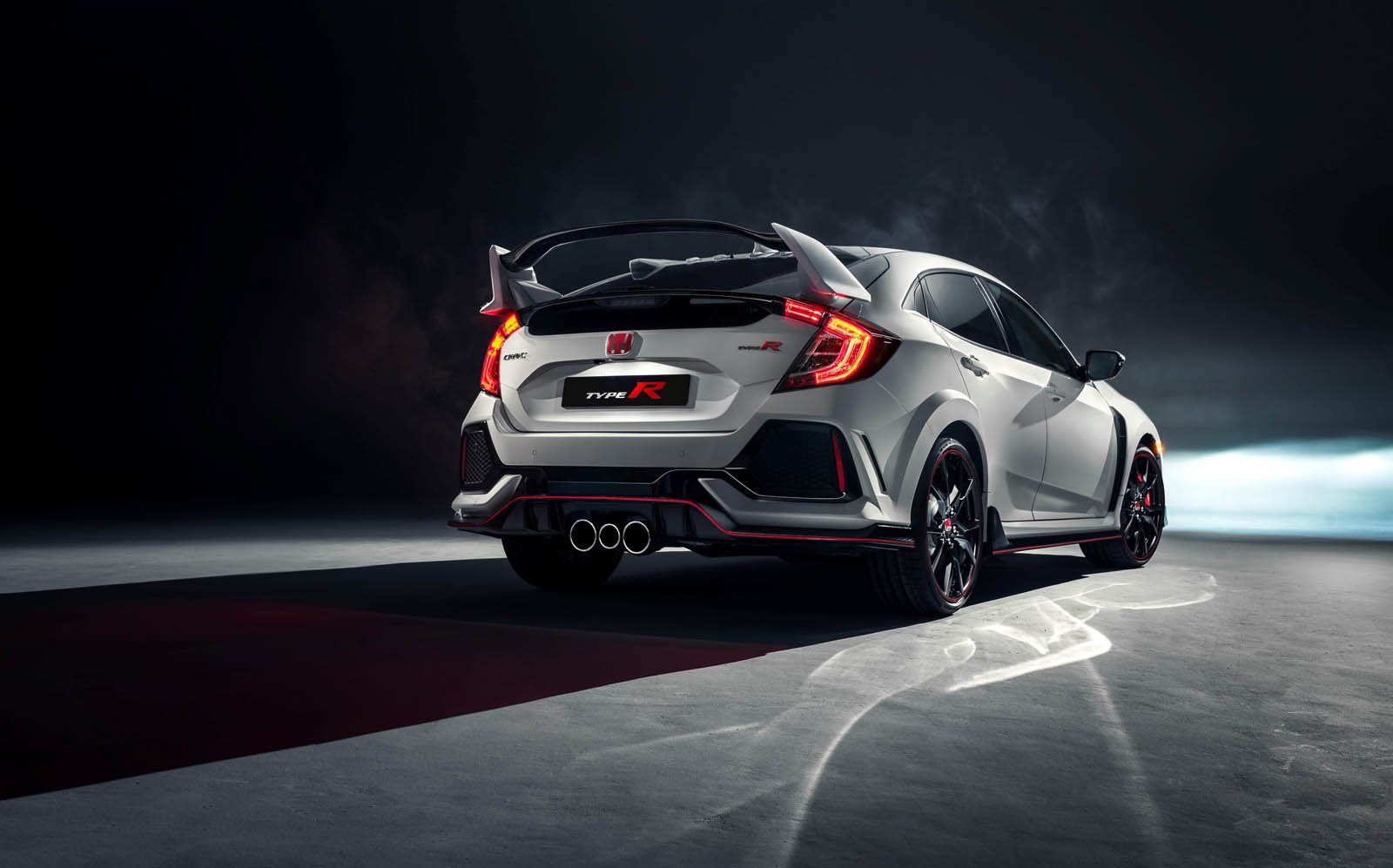
Anyway, overnight Honda confirmed that they had stolen back the top spot as the world's fastest front-wheel drive car around the Nürburgring Nordschleife with a 7min 43sec lap. But, wider picture, that time is incredible — quicker than a whole host of other incredible cars. Cars with V8s, cars that come caged from the factory, cars that are worth 10 times that of the Civic. If not more.
Granted, Nürburgring aren't really an exact science. There are plenty of variables to consider, like the talent level of the driver, track and air temp on the day, and so on. Also note that many past test times were achieved from a standing start, instead of the current-day practice of rolling starts.
In the case of Honda's test (as previously discussed) the car was stripped of its rear seats and given a floating cage. Nonetheless, a 7:43 is a big effort. Here are 10 of the most impressive cars it beat.
2002 Pagani Zonda S — 7min 44sec
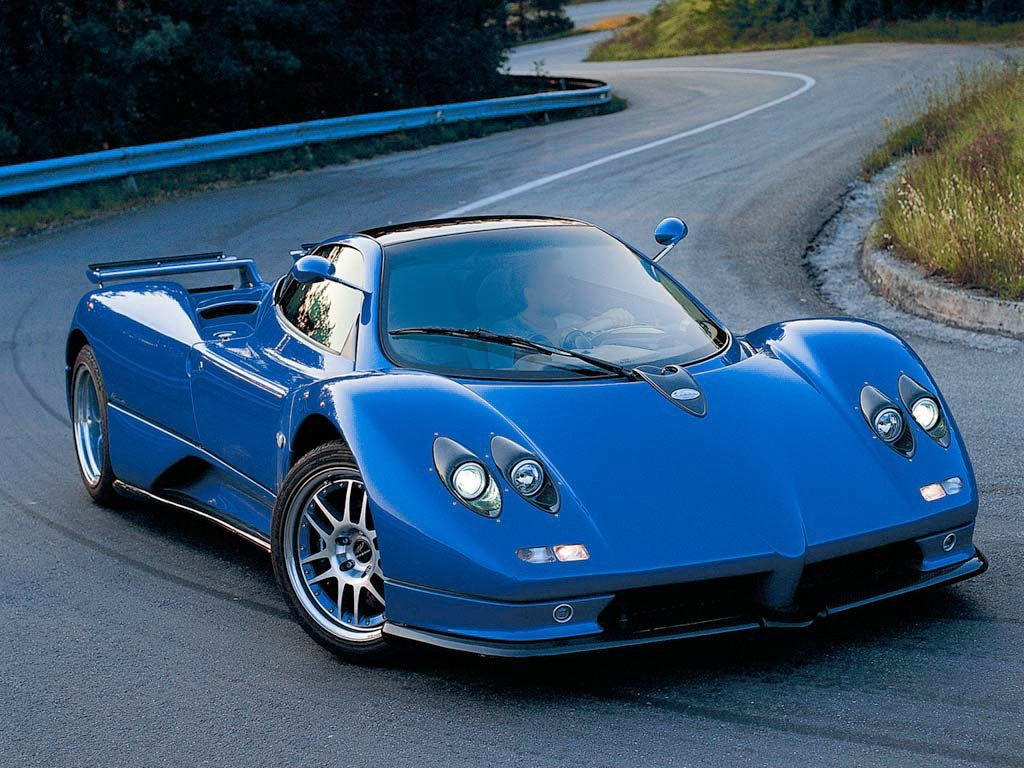
Pagani's first model, the Zonda, shocked the masses when it debuted at the 1999 Geneva Auto Show.
Mainly due to its incredibly detailed styling both inside and out, with the interior somehow arguable outdoing what was a rather quite crazy exterior. But its looks were comfortably matched by its performance. Powered by a 7-litre Mercedes-Benz V12, it could bolt to 100km/h in 3.7 seconds, and only 15 were ever built in 'Zonda S' configuration.
2007 Lamborghini Gallardo Superleggera — 7min 46sec
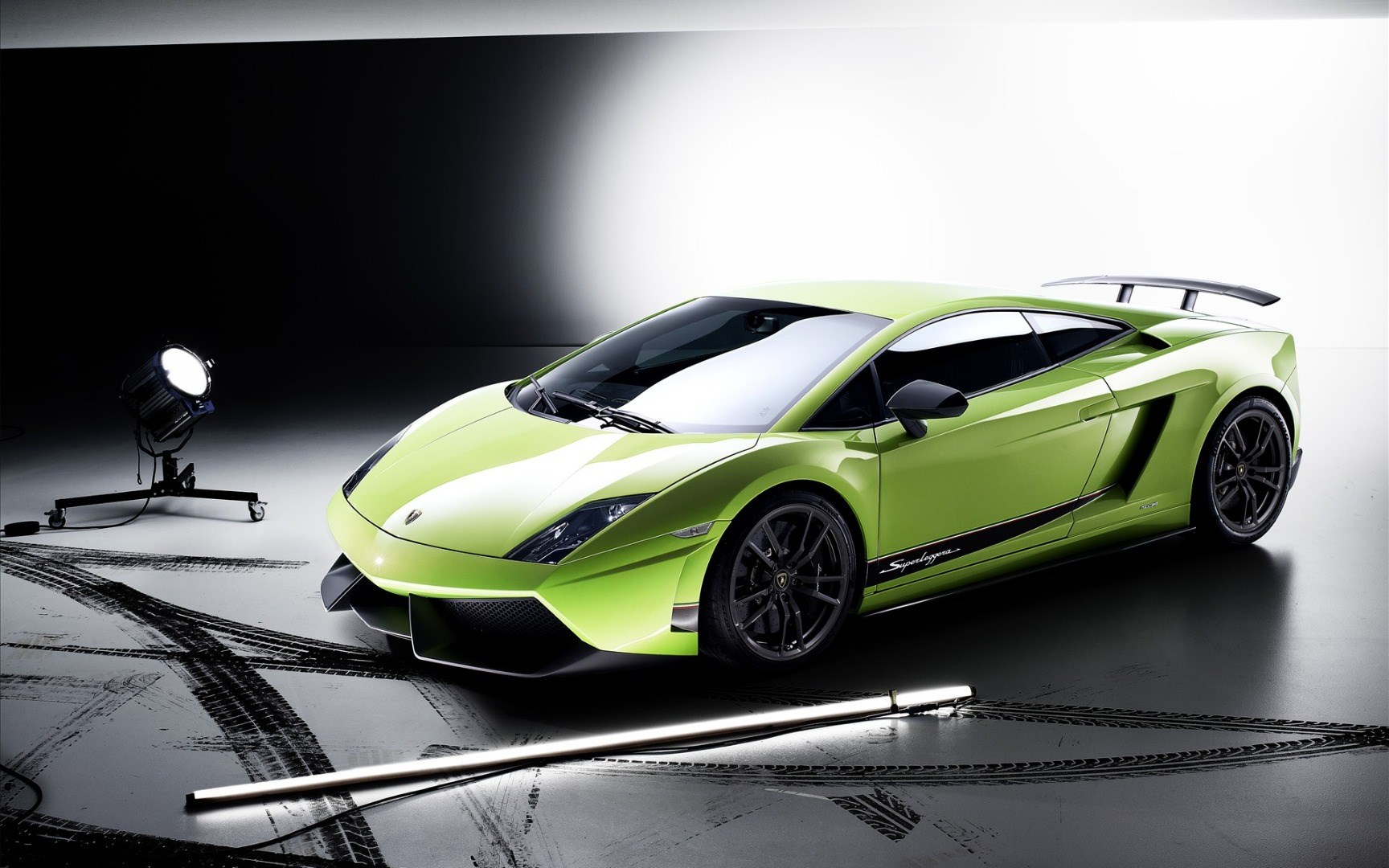
The Superleggera was the first weight-reduced Gallardo that Lamborghini made. They managed to shave 100 kilograms off the thoroughbred by replacing a bunch of the Lambo's parts with carbon fibre — things like the undertray and rear diffuser. While power was only improved by 7kW, that still left it with a handy 390kW to its credit.
The Gallardo met criticism at the time for being a little more mellow than its bullish predecessors. People would cite things like the more reserved styling and the lack of traditional scissor doors as a legacy of the Italian marque's sale to Audi. But the car proved popular, with a fruitful 10-year life before being replaced by the Huracan.
2006 Lamborghini Murcielago LP640 E Gear — 7min 47sec
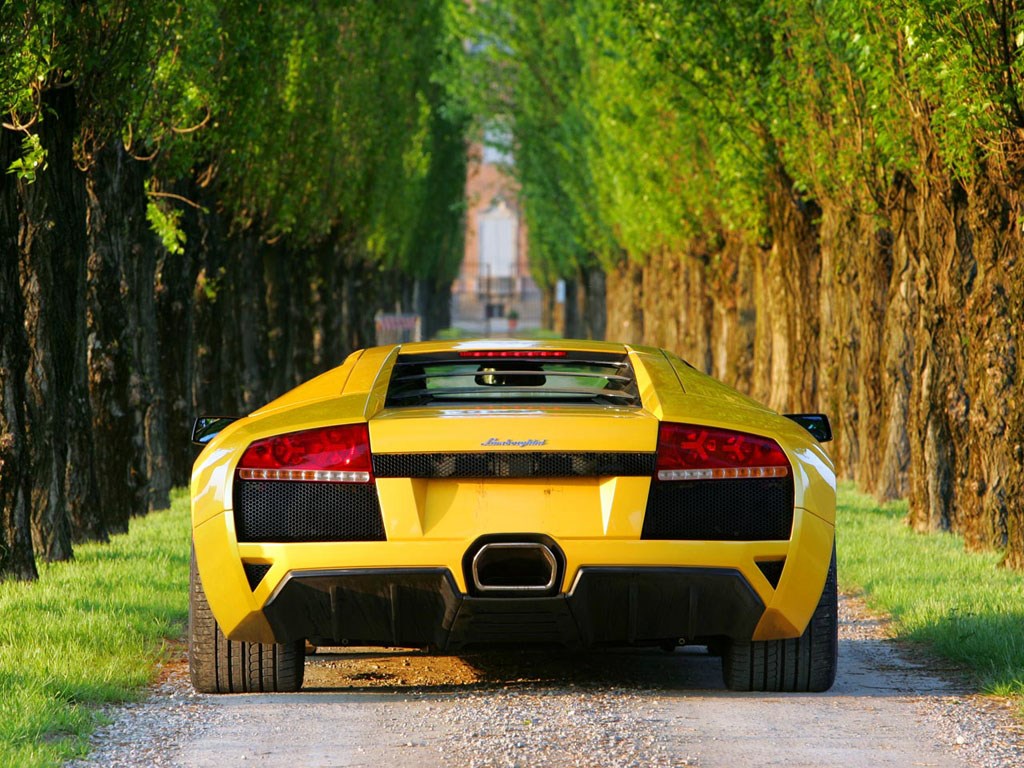
So if the Superleggera is slower, surely its big Murcielago brother might be closer? Well, sort of.
The LP640 (fitted with Lamborghini's 'E Gear' automatic) laps four-seconds slower than the Type R, despite a host of upgrades over the standard Murc. The main one of these was the V12 engine, which copped an increase in displacement to 6.5-litres, helping it generate almost 500kW.
Other Murcielagos can go faster than the little Honda, but not by too much. The LP670-4 SV for example, with all of its aerodynamic aids, is only a second faster.
1992 Jaguar XJ220 Prototype — 7min 46sec
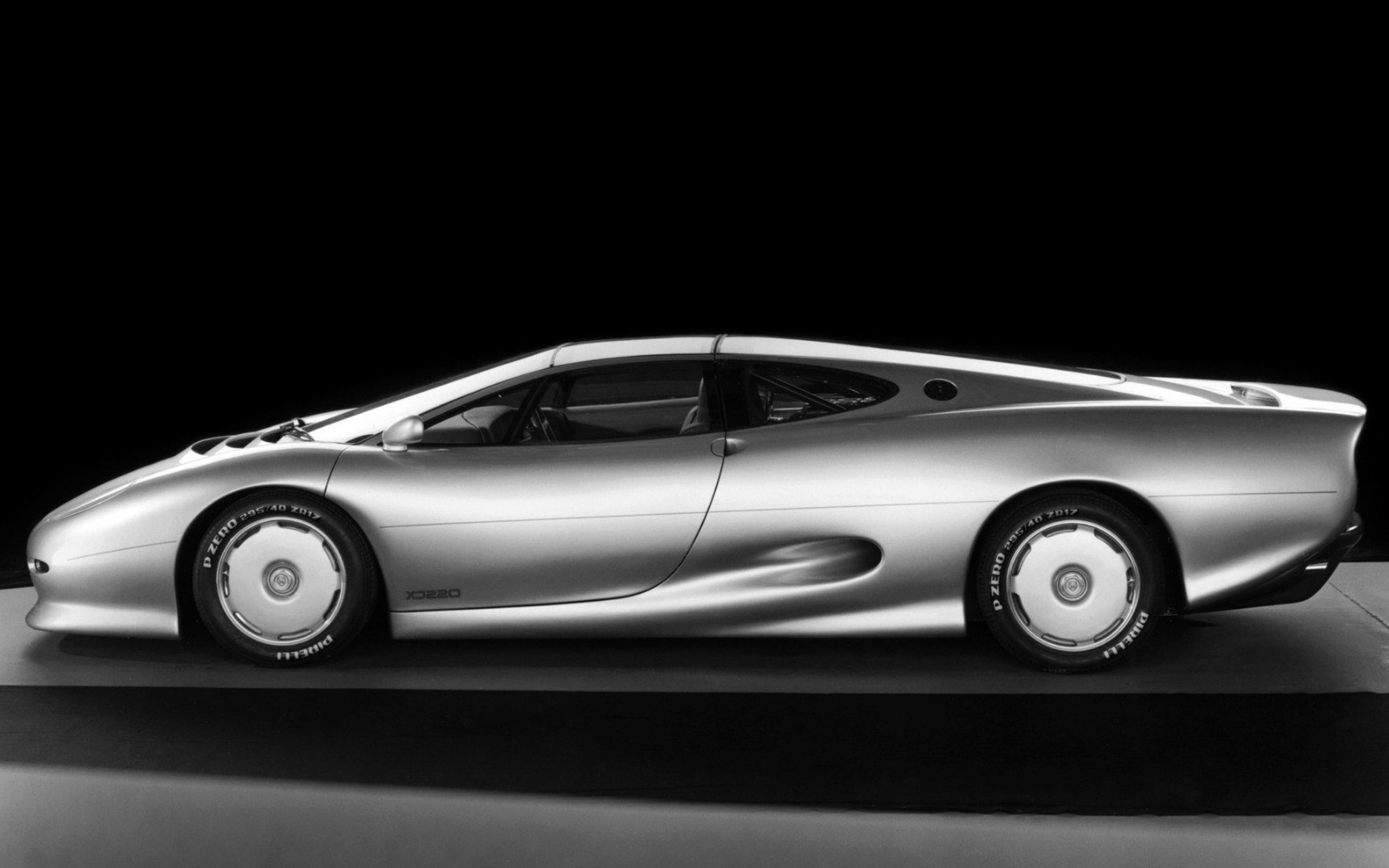
The Jaguar XJ220 was a 'poster car' by any measure, with looks and a spec sheet that could kill. Not to mention, the price was just as lethal. Jaguar charged buyers £470,000 for them, and remember that this was way way back in the early 90s.
That said, this was the fastest car in the world at the time. And note too that its 7:46 was the fastest lap around the Green Hell for any production car at the time. Oh to see their faces if you could tell them that a Honda Civic would be three-seconds faster less than three decades later.
2011 BMW M3 GTS — 7min 48sec
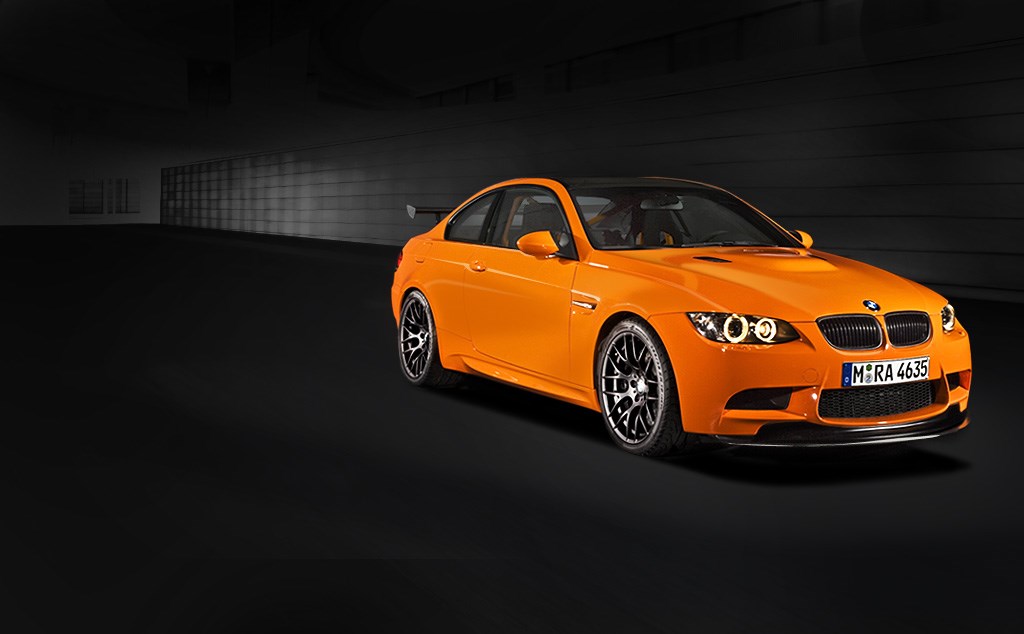
Is the M3 GTS a supercar? Maybe not, but it is bright orange, and that's obviously a factor we must consider.
The GTS was effectively an E92 M3 stripped back to almost GT4 race-car specifications. It was caged, with racing seats, new aero at both ends, and a reduced weight thanks to BMW only including the most necessary features.
Though it copped some flack on release for being priced so high, it made up for it with one of the most charismatic V8s that money could buy at the time. Its 331kW 4.4-litre engine sang all the way through the rev range, and helped ensure that BMW would sell every last GTS.
2006 Ferrari 599 GTB Fiorano — 7min 47sec
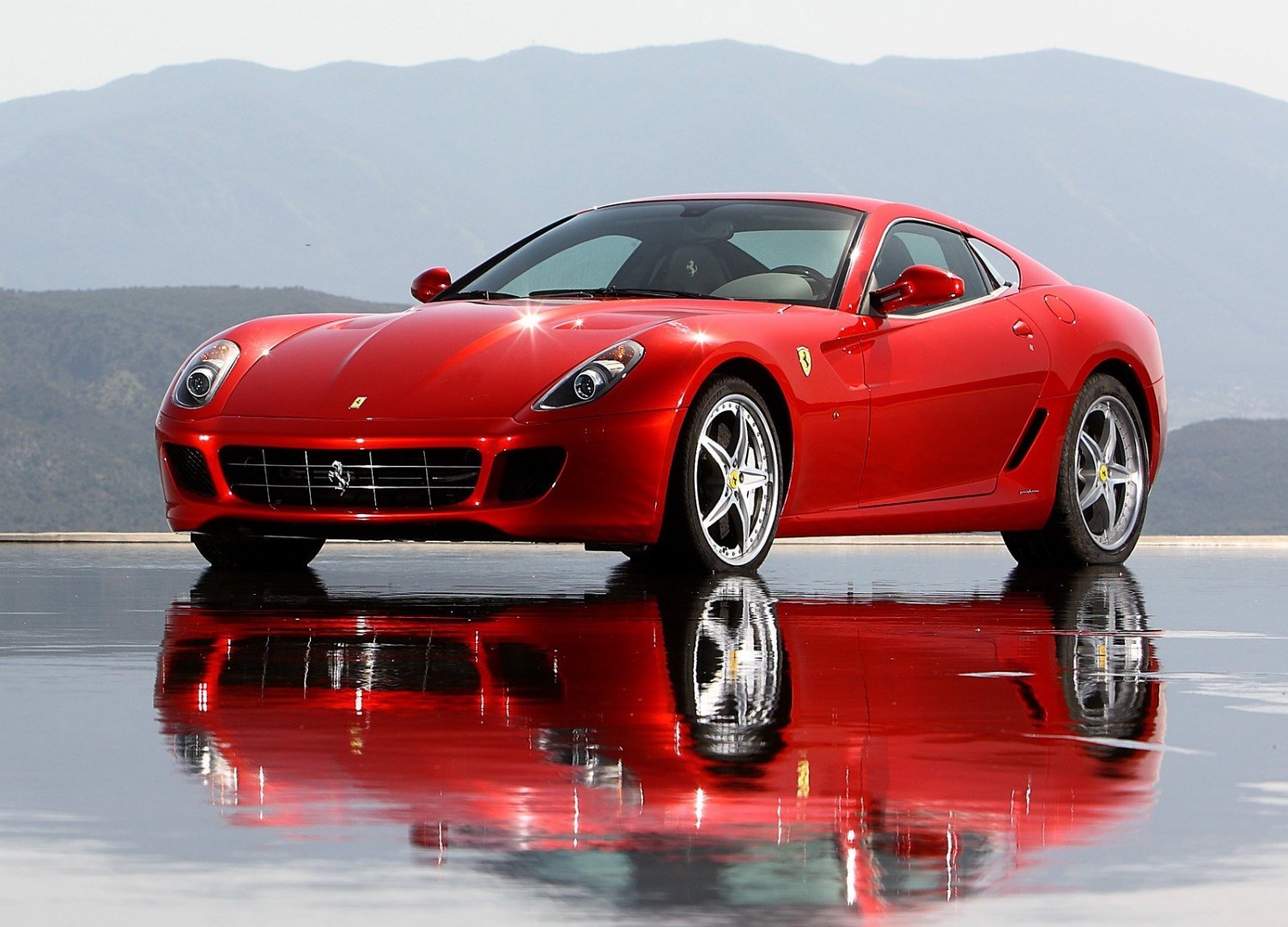
The 599 is perhaps one of the more forgotten Ferraris. This might be because it was seen to be occupying the same space as the 456 and the 612 — a 'soft' Ferrari — despite being the successor to the 575M.
But give it time, and we'll all come around to these cars. The time for naturally aspirated V12s is winding down, and cars like the 599 GTB Fiorano are going to bounce back in value before long.
At the time of release, the 599 GTB Fiorano was well received by most; aided by one very telling statistic. It was one of the first cars ever made where the engine's output exceeded more than 100hp per litre of displacement without the help of a turbo or supercharger. I just love it because redline came at 8400rpm. Gorgeous.
2006 Chevrolet Corvette Z06 (C6) — 7min 49sec
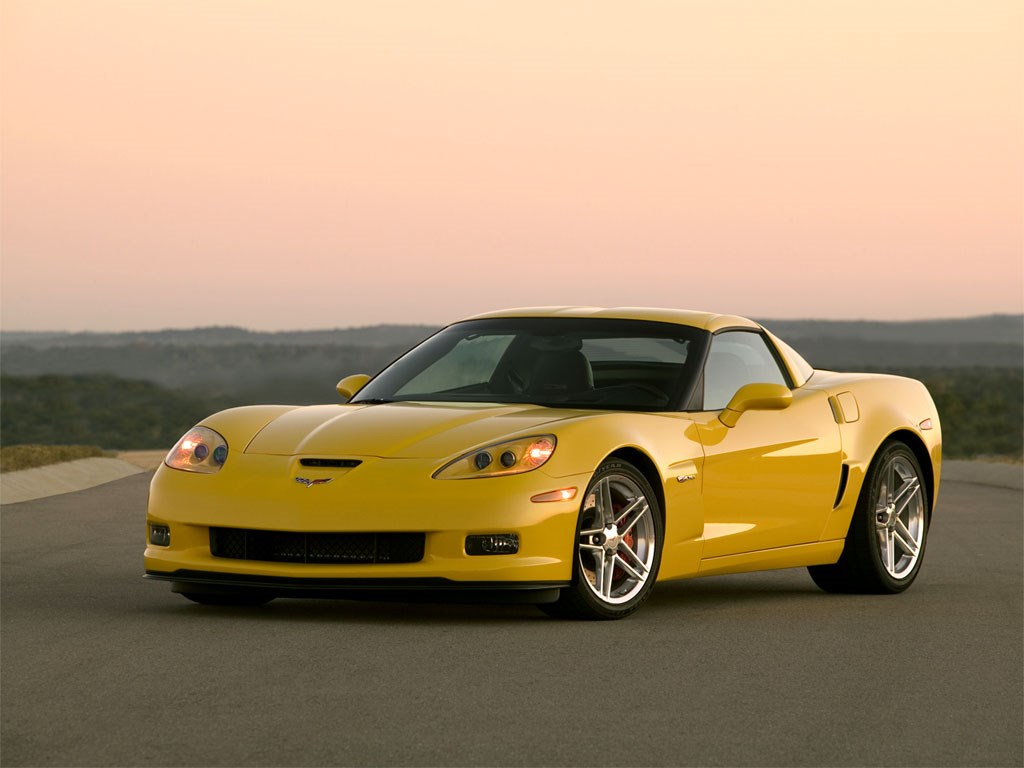
While European brands have long used the Nordschleife to test their performance cars, it took a while for others to cotton on. Among the first to do so from the US was Chevrolet and Cadillac, both of whom now test cars there regularly.
The C6 was one of the first generations of Corvette to actually get a bit of love from European markets, with then Top Gear's Jeremy Clarkson raving about the convertible and then eventually the fire breathing flame spitting Z06. It balanced devestating power via a 7.0-litre LS7 with a lot of weight-saving trickery including a chassis made entirely out of aluminium. And it was terrifying.
2008 Caterham R500 Superlight — 7min 55sec
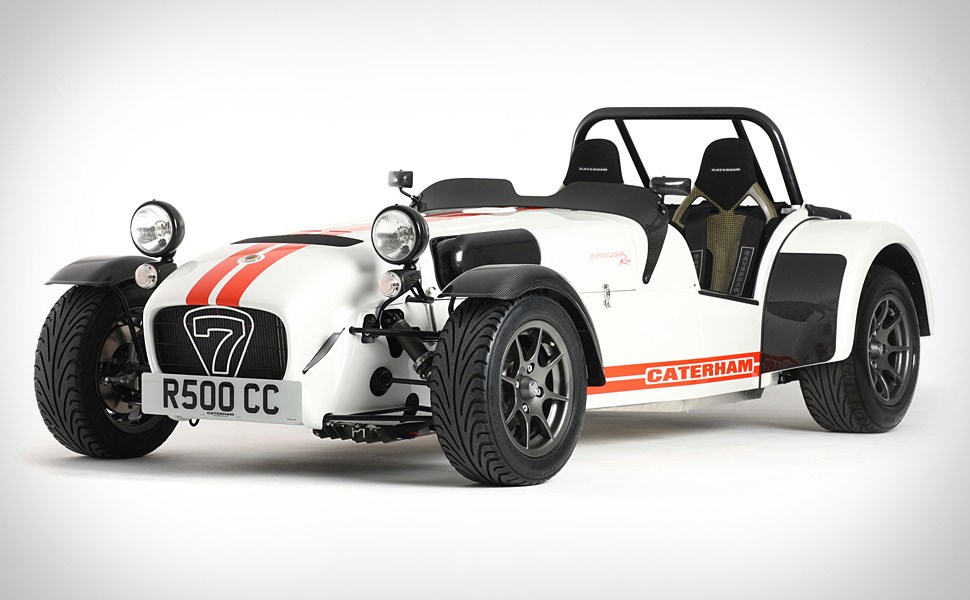
Now, if the M3 GTS isn't a supercar, then including a Caterham on this list is probably taking the piss just a tiny bit.
Regardless, the Caterham is worth noting in how it achieves its speed in a completely different way to everything else on this list. Less is well and truly believed to be more at Caterham, with the R500 weighing in at a bit over half a tonne. It might only be powered by a 2.0-litre four-cylinder Ford engine, but that's more than enough for something that's so light.
2005 Ford GT — 7min 52sec
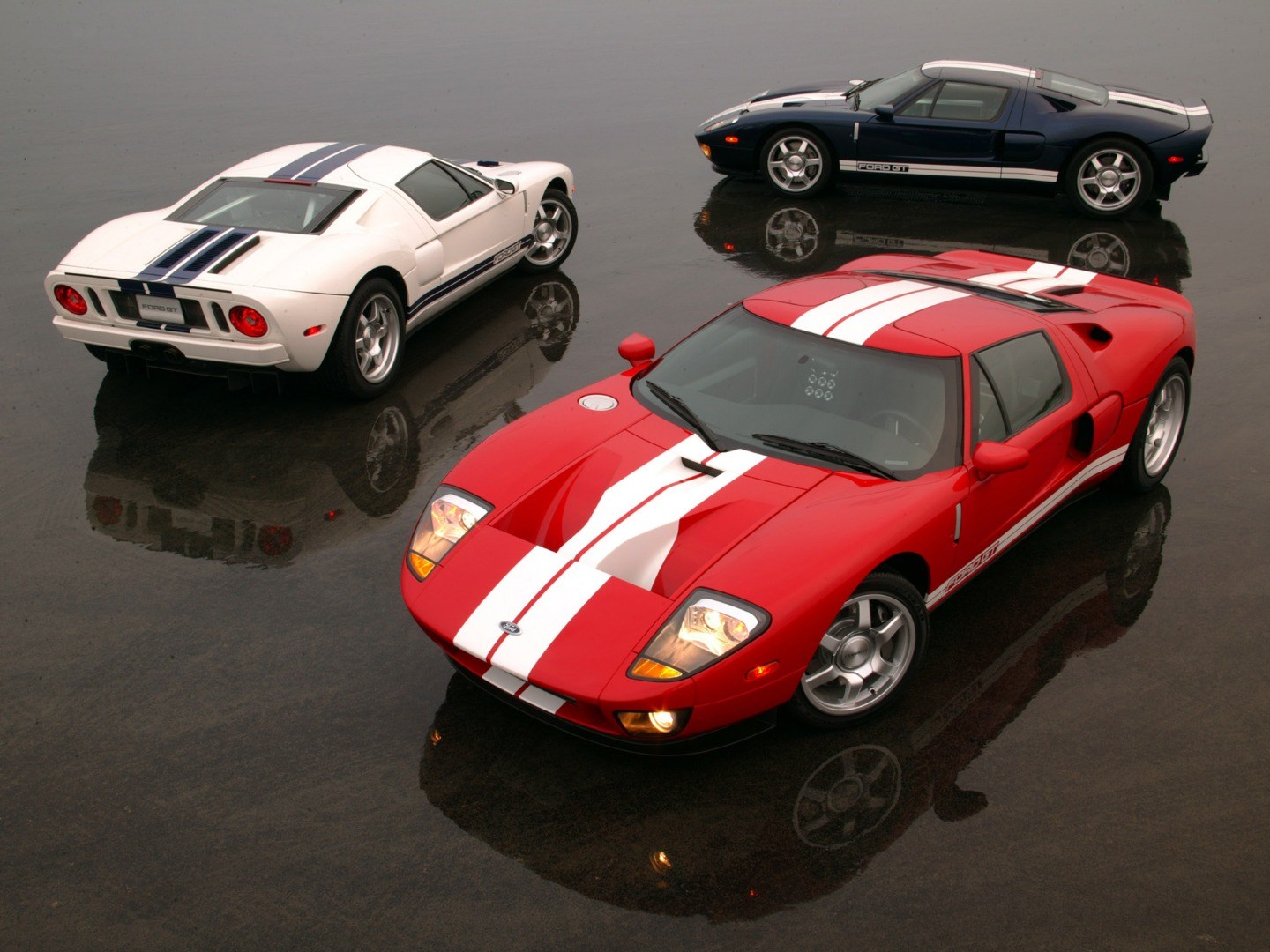
Like its GT40 ancestors, the re-imagined Ford GT quickly became a darling of the motoring industry when it was released in the mid-naughties. Once again, America had a car that could go head to head with Ferrari — who at the time were peddling the 360 and 360 SC.
And just like the GT40, the GT displayed a lot of pioneering technologies. Roll-bonded floor panels, a superplastic-formed frame, and a magnesium centre console were among the more interesting bits Ford fitted. This all complimented Ford's 5.4-litre Modular V8 quite nicely, helping it hit a top speed of 330km/h.
Once again, Jeremy Clarkson played a role in the GT's popularity, buying one himself as a personal car. It often broke down.
2009 Audi R8 V10 — 7min 44sec
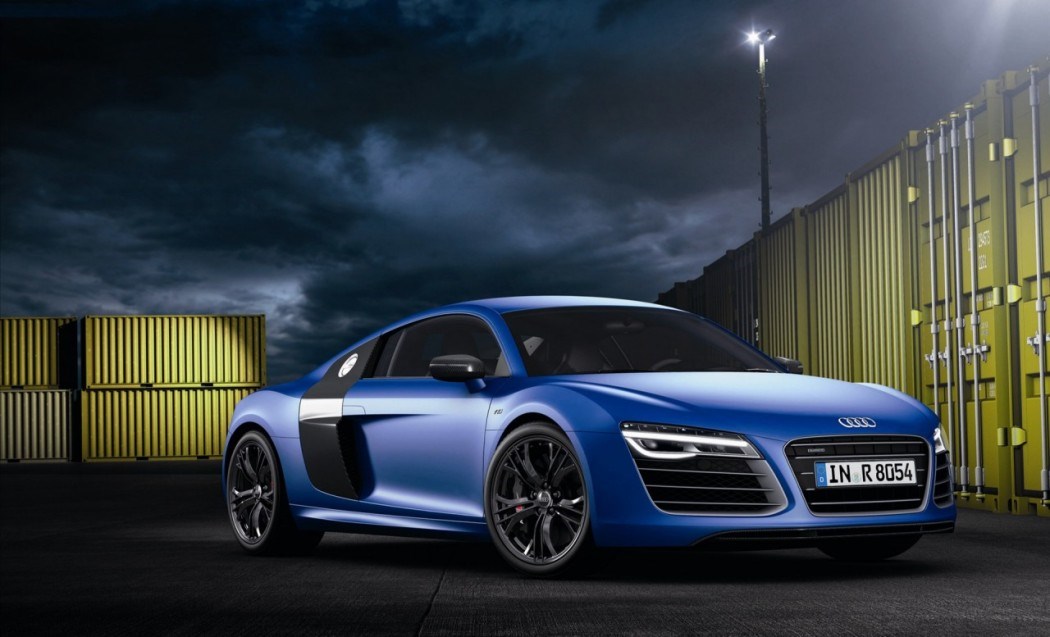
The Audi R8 is the car Audi had to make to help them buy back some of the sporting and performance recognition that they had arguably lost a hold of. People loved it when it first hit showrooms in V8 form in 2006. It would give drivers genuine supercar looks and performance, for not much more money than a Porsche 911 GT2. It was also very driveable, thanks to a brilliant all-wheel drive system.
And things only got better when Audi brought in a V10 version in 2009, supported with a few minor visual improvements. Though the engine had decidedly humble origins (having been ported over from use in the Audi S6 and S8), that didn't stop it from spitting out almost 400kW.
Fun factoid; the V10 Audi R8 was also the first car in the world to feature lights all the way around based on LEDs.




